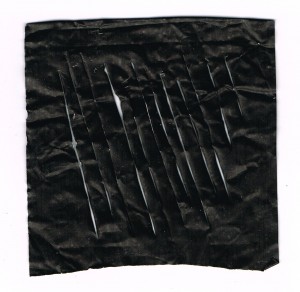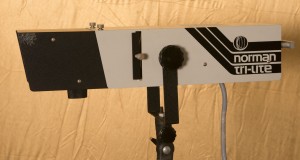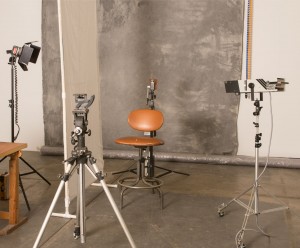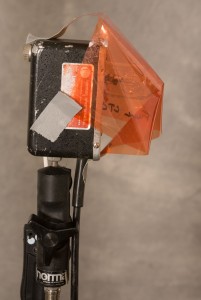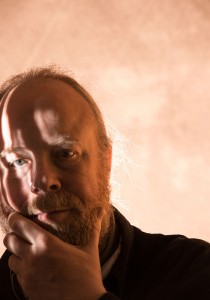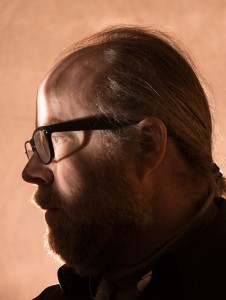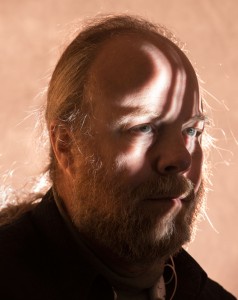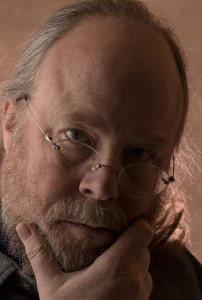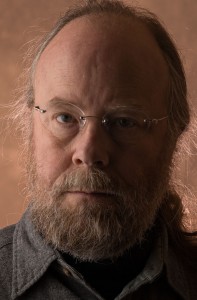Please check out my on-line classes at BetterPhoto: An Introduction to Photographic Lighting, Portrait Lighting on Location and in the Studio and Getting Started in Commercial Photography and the books:




I often write about lights and lighting in this blog. I think that learning how to manipulate light is perhaps the most important skill a photographer can acquire. If you can’t manipulate light your photography is mostly about what you see, rather than making pictures of what you imagine. There are many ways to put your imaginings into your photographs, but light might be the most powerful tool to do this sort of creation. In order to create photographs with light you need to learn to visualize your images and you need tools to create those images.
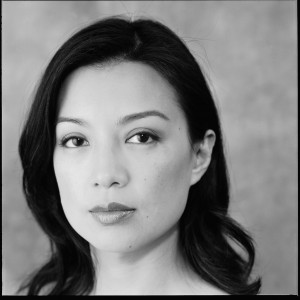
This month I want to say some things about my tools. I have a lot of lights; I think I’m up to twenty strobes. Most of them are from a company called Norman. Over the years I’ve said a few uncomplimentary things about Norman, and, in fact, I think I’ve had a bit of an inferiority complex about my Normans. Well it’s time to stop this and say a few nice things about Normans. Now before I start I have to say that Norman made some bad products, some of which, like the P4000D, I owned. Norman also made some products, like the P2000D, that worked reliably but were not great designs.
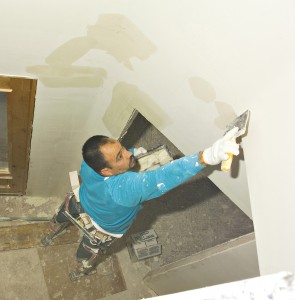
The occasion for this change is my new Norman Tri-lite. This is a sort of strobe slide projector, which only Norman made. It will project actual 35mm slides and cucoloris. If you’re interested you can check out the instructions: http://normanlights.com/manuals/tl2000manual.pdf. There are no new Tri-lites, and they aren’t common on eBay, but you can find them. I expect to receive the Tri-lite in a few days, of course I’ll put up some images in the future. I really appreciate the great number of unusual products Norman has made over the years. Of course there are things like barn doors and grid spots, but there are also a very wide variety of reflectors and even two different snoots for most of their strobe heads. Norman even made an optical spot, usually only found on movie sets, another very unusual product.
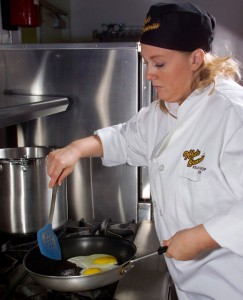
I have two Norman systems: the 900 series, these are studio strobes that use power packs, and the 200Bs that are both battery and ac units, and I like them both. Norman has made a couple of other systems, and even mono-lights, but I haven’t much experience with any of them. The 900 series is the most powerful system Norman makes. When I shot large format film I used the most powerful powerpack they made, but now I use the 1200/1250 watt-second packs. I recently got an M1200 powerpack. It’s the first Norman pack I’ve had with really variable output. The reason I’m getting a lot of Norman equipment now is that it’s really cheap used. I think I paid about $65 for the M1200. Keep in mind that in order to work with a studio strobe you have to have a powerpack and a matching head; you can’t just plug the heads into the wall. If you’d like a lot more information about strobes take my class: An Introduction to Photographic Lighting
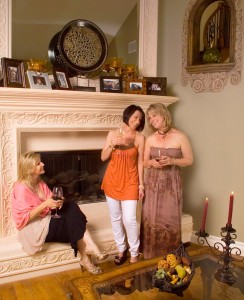 The Norman 200Bs are a little harder to recommend. They’re really flexible units, and well suited for digital work. The only problem is that there are no new 200Bs, they haven’t been made in something like twenty years. That’s a long time for gear that get’s used on location. So you have to question the reliability of any 200B. This is why I have so many 200Bs (7 heads, 5 dc powerpacks, 2 ac powerpacks) if something breaks I have more. Of course Norman has come out with updated systems, both the 200C and the 400B, but there are a lot of other things I would check out before investing in one of these Norman systems. Let me tell you some good things about the 200Bs: first they recycle extremely quickly, from zero to full power in about one second. There are both battery powered and ac powerpacks, which adds to the flexibility of the strobes. The battery units run on twelve volts so you can run them off a car or even a car battery; there are cheap lead/acid batteries, about $30, that will run a 200B. There is a fine group of accessories: snoot, reflectors, glass dome reflectors, grid spots and so on. There are even sore reflectors with modeling lights. So I’m going to try to keep my 200Bs as long as I can. By the way, the pictures with this blog entry are all made with Norman 200Bs in the lighting mix.
The Norman 200Bs are a little harder to recommend. They’re really flexible units, and well suited for digital work. The only problem is that there are no new 200Bs, they haven’t been made in something like twenty years. That’s a long time for gear that get’s used on location. So you have to question the reliability of any 200B. This is why I have so many 200Bs (7 heads, 5 dc powerpacks, 2 ac powerpacks) if something breaks I have more. Of course Norman has come out with updated systems, both the 200C and the 400B, but there are a lot of other things I would check out before investing in one of these Norman systems. Let me tell you some good things about the 200Bs: first they recycle extremely quickly, from zero to full power in about one second. There are both battery powered and ac powerpacks, which adds to the flexibility of the strobes. The battery units run on twelve volts so you can run them off a car or even a car battery; there are cheap lead/acid batteries, about $30, that will run a 200B. There is a fine group of accessories: snoot, reflectors, glass dome reflectors, grid spots and so on. There are even sore reflectors with modeling lights. So I’m going to try to keep my 200Bs as long as I can. By the way, the pictures with this blog entry are all made with Norman 200Bs in the lighting mix.
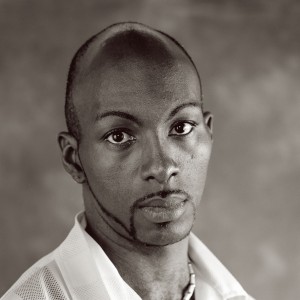
So, if you want a larger and better toolkit to light your photos you might want to check out used Norman gear. Check out this link for more information: http://normanlights.com/owners_manuals.asp. And stay away from P4000D!
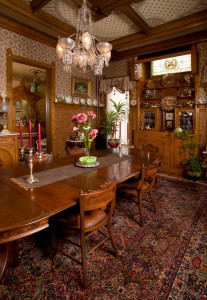
I wanted to update you on a few things happening here at my studio: first I’m continuing to offer the Portfolio Workshop. For more information on this and my other workshops please take a look at the workshop page on my site. You can also find information about the Matting & Framing Workshop for Photographers at the site. This is going to be a very small class, so if you’re in Indianapolis sign up now. You can also rent my studio, and get the chance to work with Normans! Call 317.473.0406 or e-mail to reserve time for a shoot or a private workshop. If you can’t get to Indianapolis you can take one of my BetterPhoto classes:
An Introduction to Photographic Lighting
Portrait Lighting on Location and in the Studio
Getting Started in Commercial Photography.
